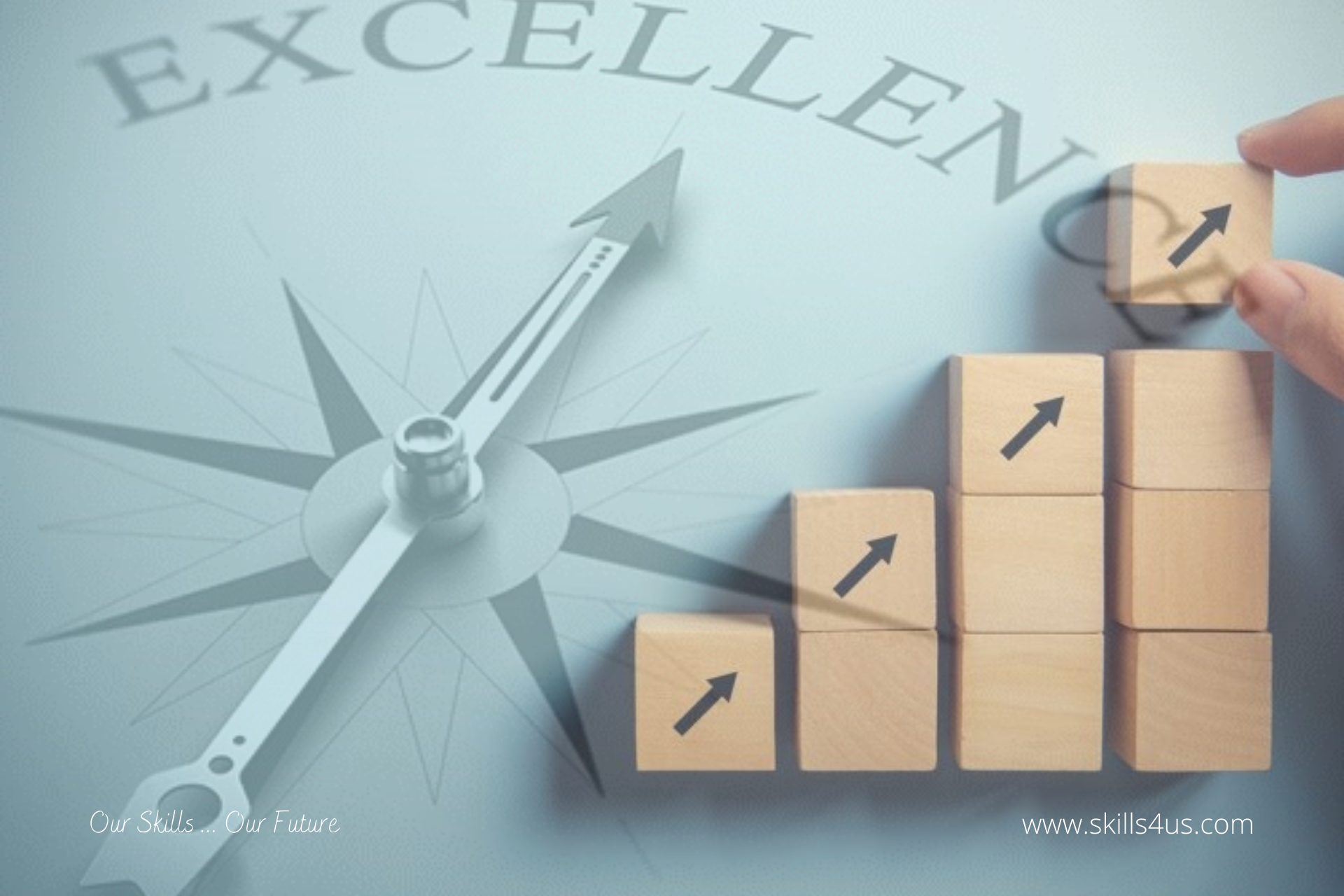
Institutional Excellence: “Successful Integration of Technology and Staff Infrastructure”
Institutional excellence is the continuous efforts to establish an internal framework of standards. And processes to motivate employees to provide products and services that meet customer requirements within business expectations. Thus, the organization’s achievement of consistently superior performance results in outputs exceeding meeting goals, needs, or expectations. Therefore, it measures consistently excellent performance that exceeds requirements and expectations without showing significant defects or waste. As a result, pursuing institutional excellence is an organization-wide commitment involving many dedicated stakeholders aligned with a shared vision of continuous improvement and organizational effectiveness. And with solid leadership and support from stakeholders, in addition to everyone’s involvement in institutional excellence, the chances of success are high.
Institutional Excellence management
Today, institutional excellence is seen as the successful integration of technology, infrastructure, and people. It is also often the result of transitional and transformative activities. Since institutional excellence is incremental, different levels must be defined as temporary targets for each characteristic. Thus, by focusing on performance expectations to the level that can be reached, Employees and stakeholders will be more oriented to making the necessary changes within their control and capabilities.
Moreover, successful organizational results require thoughtful management and improvement. As institutional excellence depends on gaining sufficient commitment to embrace and implement positive changes in the following areas:
- Metrics, standards, and decision support
- Roles, responsibilities, and accountability for each functional area
- The total human capital within the organization
- Compensation, incentives, and rewards
- Knowledge, learning, and training
- Interaction and linkage between work streams
Here are the keys that make stakeholders collaborate on organizational effectiveness and lead the way toward organizational excellence:
1. Planning
Planning is one of the most important steps to leading institutional excellence. Planners need to understand the organizational goals and focus their efforts on them. As an outstanding business leader, to get everyone working together and planning in unison, create a central point of collaboration between stakeholders through a common framework for planning so that everyone is in the same direction.
2. Resources
Great ideas need resources to become a reality, and the most effective plans also need resources and financing to succeed. Once you get stakeholders to collaborate on improvements, they need resources and a budget to bring their ideas to life. Thus, resources aligned with the strategic plan ensure that the most effective plans are funded, and sufficient resources are available for implementation.
3. Evaluation
The problem with most evaluation efforts is that they stop at the measurement stage. Gathering documentation and measuring results is the first stage of the evaluation. However, for evaluation to be a fundamental part of organizational effectiveness efforts, it must be combined with planning for continuous improvement. The path to institutional excellence is a circular path where evaluation results are evaluated to improve the planning process, which leads to better evaluation results.
4. Compliance
Compliance and promotion can be challenging. As a successful business leader, you must create a point of collaboration where the compliance team can collaborate to formulate, review, and approve compliance responses. Also, build a public library of rules, regulations, and instructions to avoid dealing with multiple versions or copies of the same tool. Most of all, you must ensure that everyone understands what is required of them and when it is required.
5. The Right Person for the Right Job
Compliance is essential to organizational differentiation because any organization’s primary task is to ensure that customers receive good products and services. For this to happen, the person providing products and services to customers must have the knowledge, experience, and compliance statements necessary to deliver the products and services. Make sure you have some way to track compliance data electronically so that it becomes a regular part of your organizational effectiveness efforts.
These keys may seem simple, but maintaining the momentum and stakeholder participation in corporate events throughout the year can present some challenges. Giving stakeholders and the leadership team a point of collaboration to share information and results is the best way to ensure that everyone is in the same direction, working together to achieve common corporate goals and thus achieve institutional excellence.
